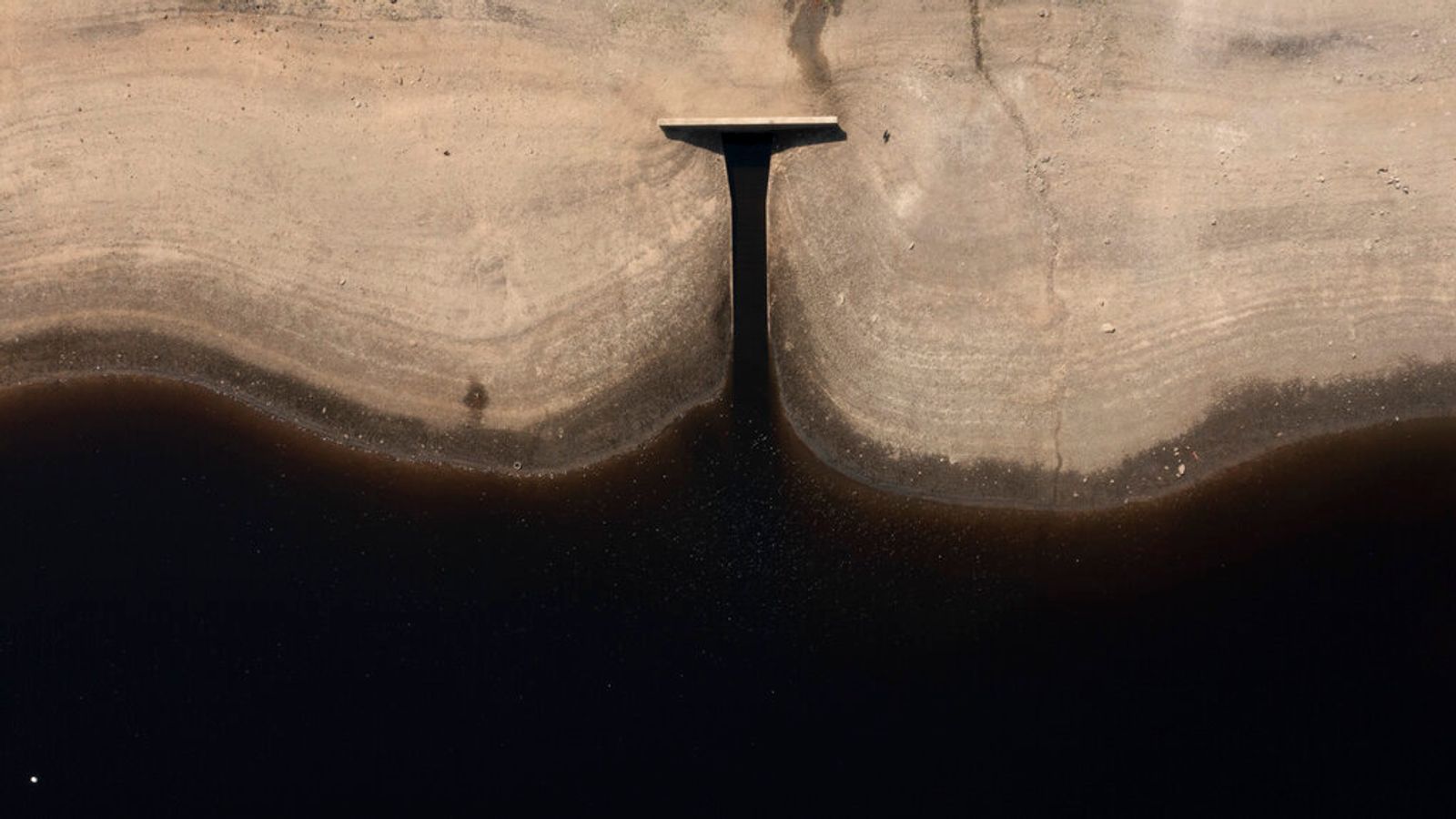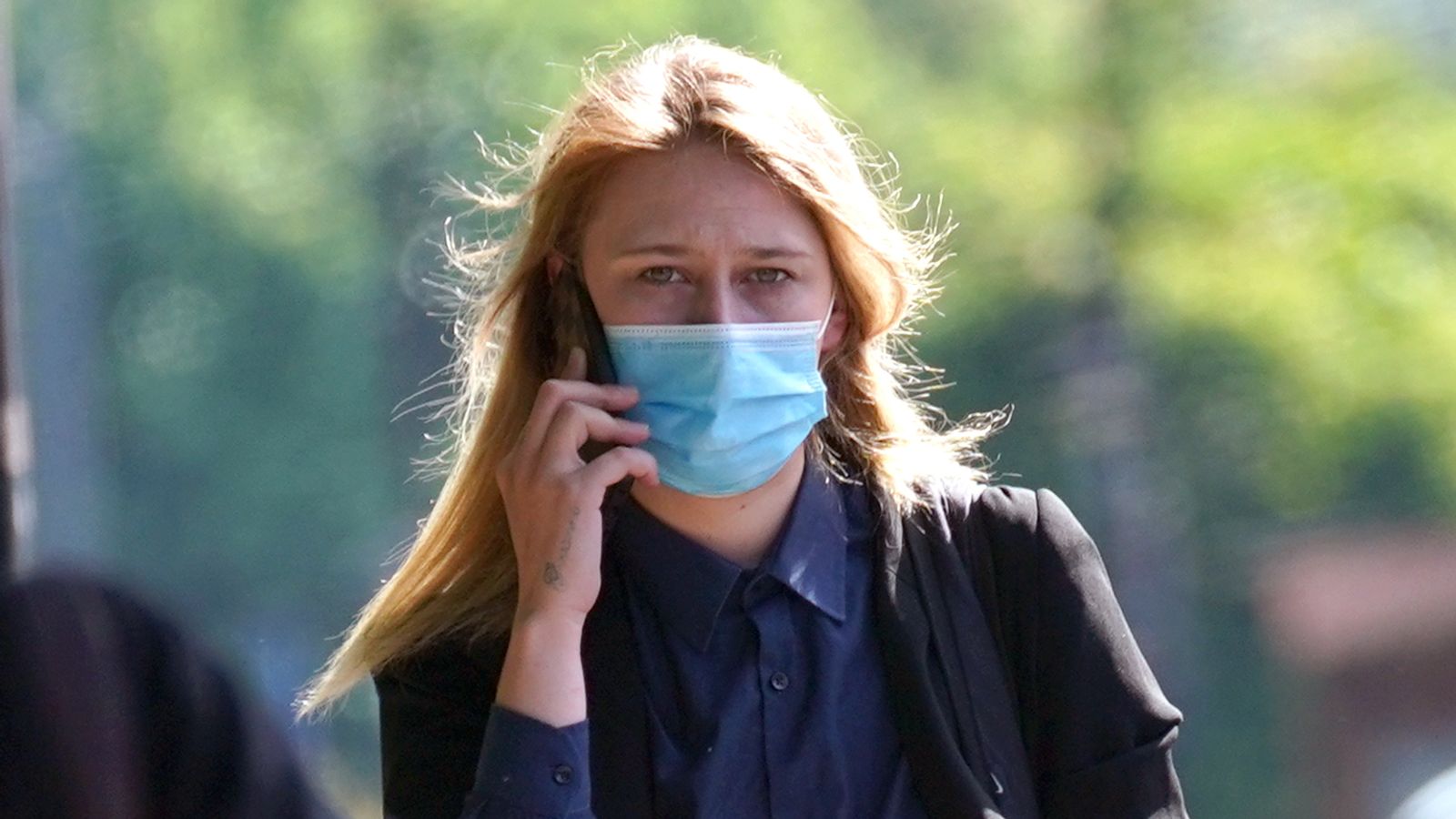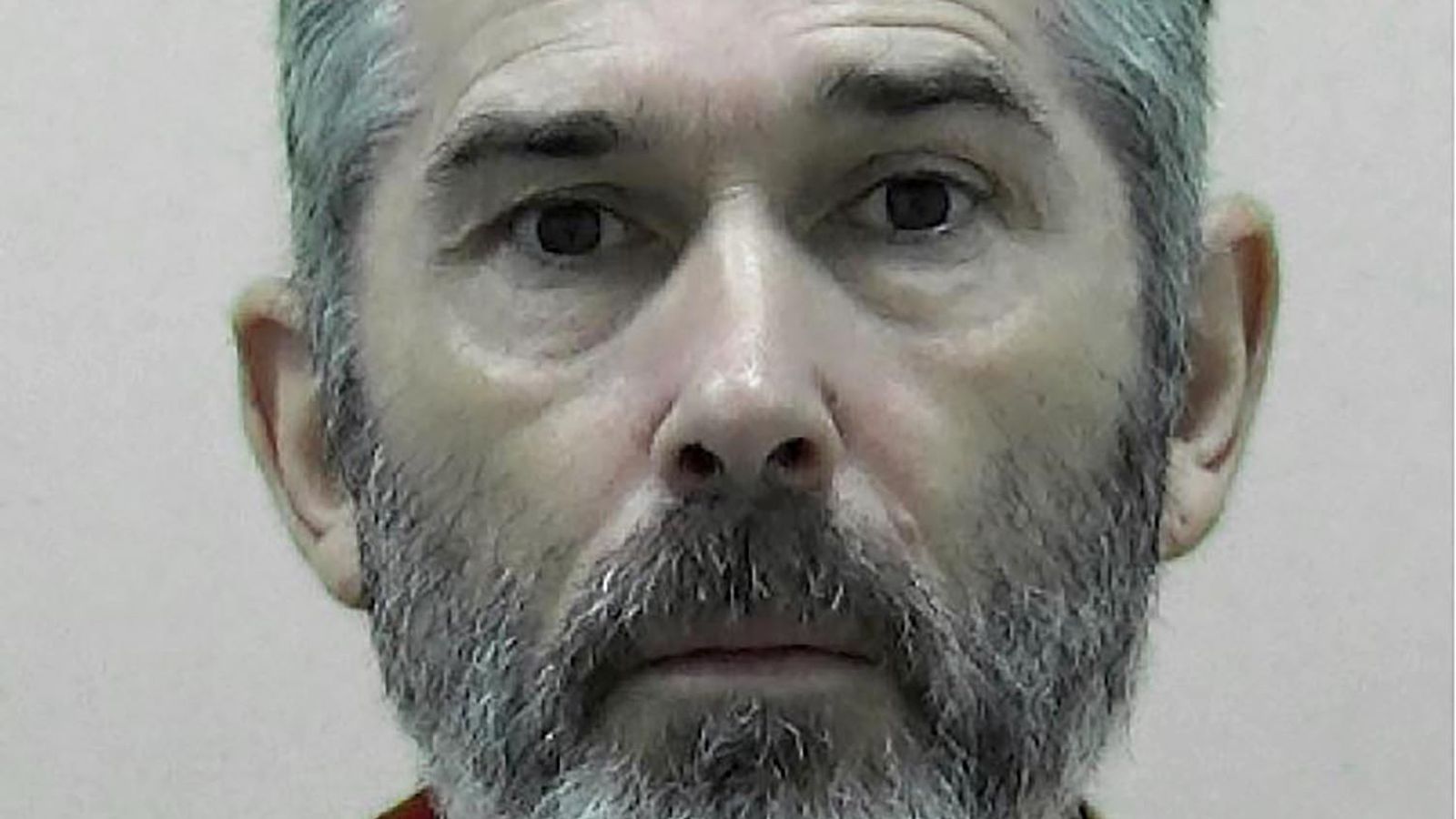Swathes of England may face drought as soon as August if the hot and dry weather persists, the Environment Agency has confirmed.
A dry spring and early summer have already withered rivers and reservoirs and watered down water quality in many parts of England, pushing most of the country into “prolonged dry weather” status, the first of four drought categories.
Whether areas will tip into the second “drought” stage hinges on when the rain returns, and whether it adds up to more or less than usual. Chances could be washed away within weeks if it rains, or the risk could remain for months.
Plenty of dry weather is forecast for the next few weeks, with another heatwave on the cards, but chances of rain are increasing during mid August.
If areas did move into the second “drought” stage, last experienced amid similar conditions in 2018-19 and 2011-12, water companies could limit non-essential domestic and commercial water use, or apply for special permits to extract extra water from the environment.
Southern Water last week applied for a drought permit to continue to use the River Test, whose levels are falling, to supply tap water to the region.
Hosepipe bans
Warm weather brewing could fuel another heatwave, Met Office says
Polar bear rescued after getting condensed milk can stuck in mouth in Russia
UK heatwave: Families left counting cost of ‘devastating’ house fires in Wennington
Water companies, which can seek to limit demand, may decide for themselves whether to impose hosepipe bans.
The National Drought Group, with members including water companies, the Environment Agency and the National Farmers’ Union (NFU), is meeting tomorrow morning to agree how to protect water resources together.
The group meets when circumstances demand, last convening in March and before that throughout 2018-2020 as it handled the last drought.
The NFU said the prolonged dry weather was hitting hardest on farms in central, eastern and southern parts of the country.
“Combines are already rolling in some areas for this year’s harvest but it’s still too early to tell about quality and yield,” its deputy president Tom Bradshaw said.
The lack of rain has hampered grass growth, which could hit feed supplies for the winter.
Farmers have had to irrigate their crops early and the next two months are expected to be critical for their yields.
Evidence of dry weather is already written into the land in the form of browning grass, lower river flows, dried-up ponds, and surges of bright algae.
Please use Chrome browser for a more accessible video player
Last week’s mega heatwave – which unleashed record-breaking temperatures of over 40C, the highest ever night time heat, and new records for such large areas of the country – exacerbated the already dry conditions in some areas.
The Environment Agency had to carry out more fish rescues than usual for this time of year, as the animals struggled in higher temperatures and lower oxygenated water.
The East of England is currently particularly dry as the wet spells last week have so far bypassed the area.
Flooding is expected to become more frequent in the UK due to climate change.
But flood water can be harder to retain in the ground if it runs off quickly into rivers. Reservoirs can capture floodwater more easily, but the water tends to be of poorer quality, as intense rain flushes away more nutrients.
Watch the Daily Climate Show at 3.30pm Monday to Friday, and The Climate Show with Tom Heap on Saturday and Sunday at 3.30pm and 7.30pm.
All on Sky News, on the Sky News website and app, on YouTube and Twitter.
The show investigates how global warming is changing our landscape and highlights solutions to the crisis.











